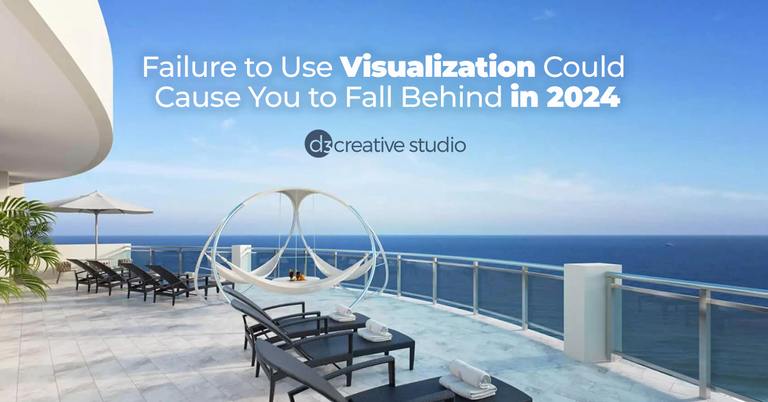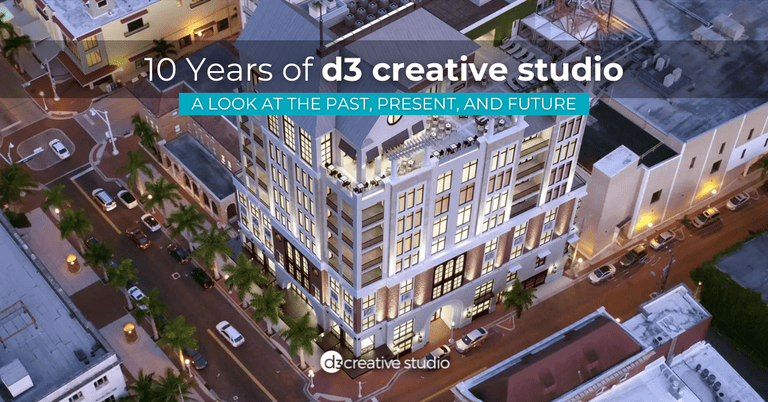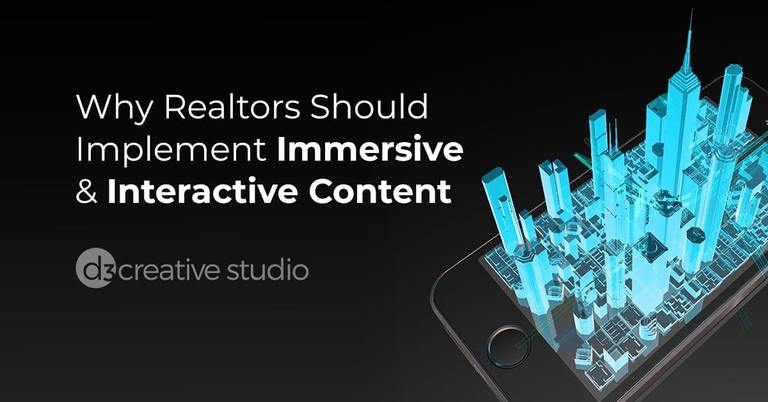
Failure to Use Visualization Could Cause You to Fall Behind in 2024
As we approach each new year, we often wonder what lies ahead. One thing that's certain is that failure to use visualization in real estate or development projects could lead to falling behind in 2024.

10 Years of d3 creative studio
A Look at the Past, Present, and Future To celebrate our 10-year anniversary, we’re highlighting ten projects that have shaped d3's development and discussing trends we are currently observing and what we see in store

Why Realtors Should Implement Immersive and Interactive Content
It is not uncommon for realtors to use a variety of different tactics and tools, as well as implement different strategies when it comes to selling properties. In fact, immersive and interactive content has proven

Our Predictions for 2023 Technologies and Trends
As we head into 2023, our eyes are on the real estate sector as new technological advances emerge. In recent years, the industry has undergone some turbulence due to changes in how we buy and

What is Augmented Reality and Virtual Reality?
Do you know the definition of augmented reality and virtual reality? My background is in the tech industry, but before joining d3 creative, I had no idea what augmented reality and virtual reality really was.